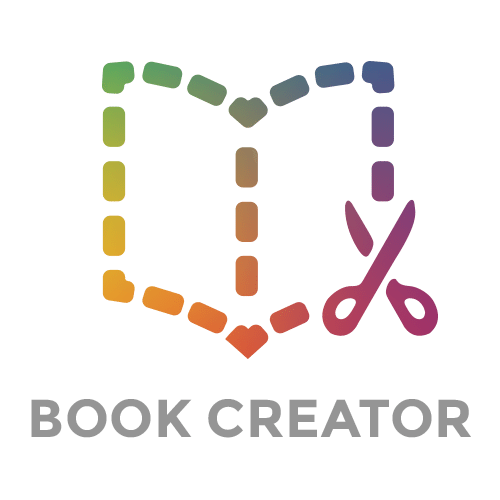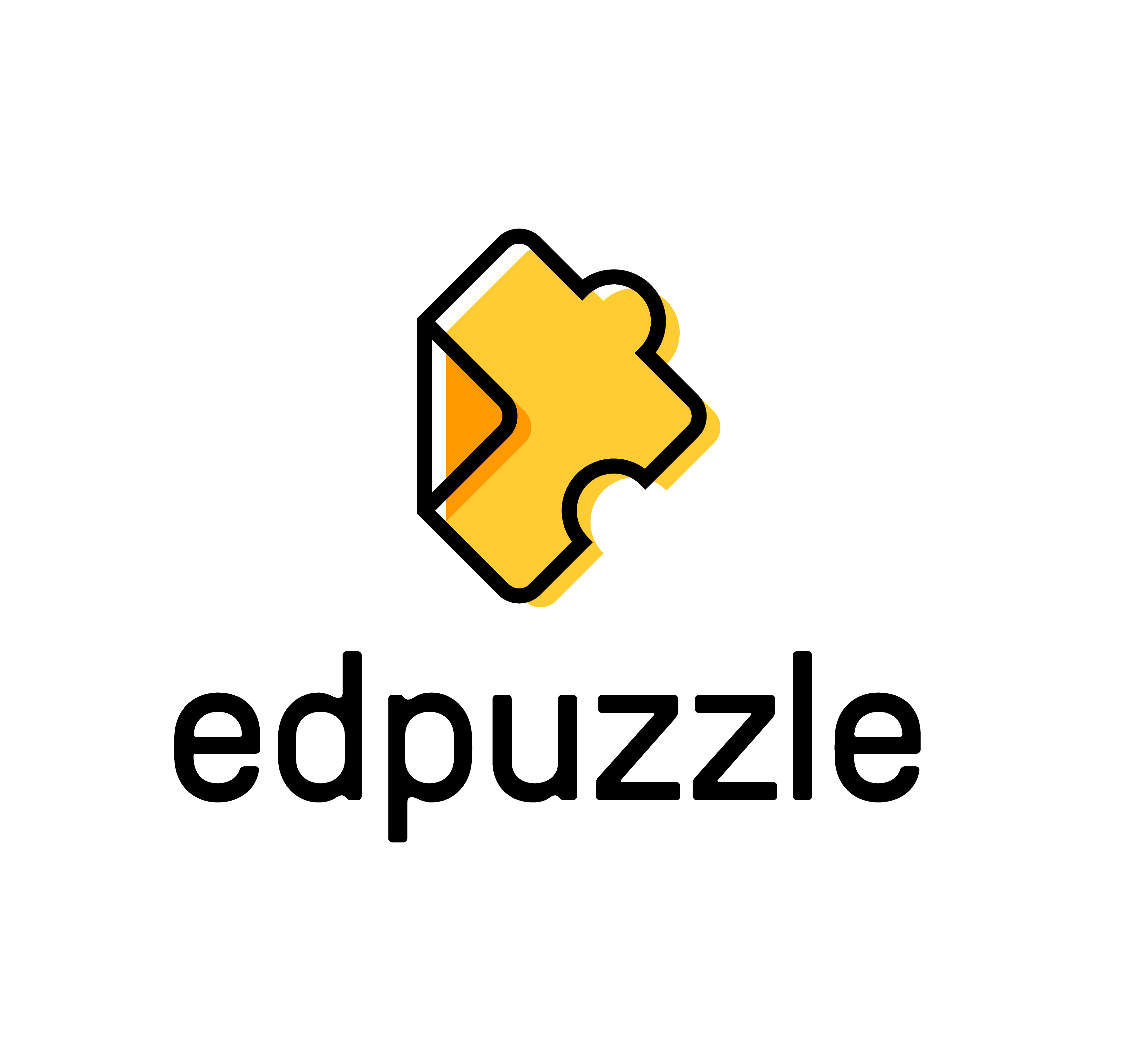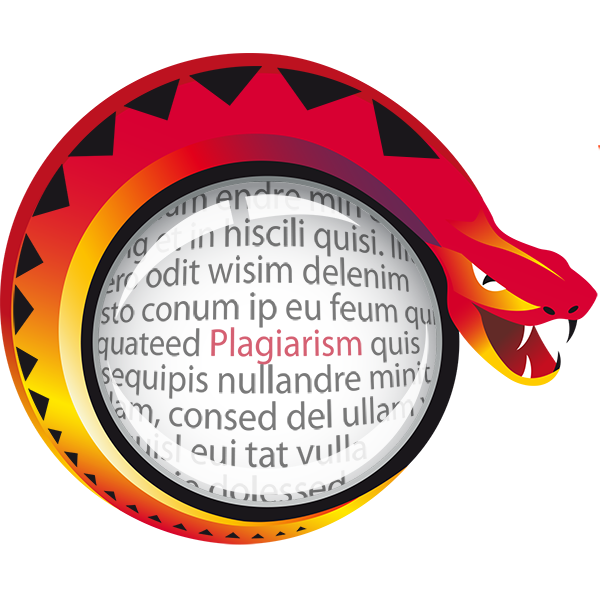Book Creator
Standard and Learning Objectives
My sample learning activity will focus on grade level 7 in the English Language Arts and the Utah State Writing Standard #5, which states: “With some guidance and support from peers and adults, develop and strengthen writing as needed by planning, revising, editing, rewriting, or trying a new approach, focusing on how well purpose and audience have been addressed. (Editing for conventions should demonstrate command of Language standards 1-3) (Utah State Board of Education, 2019).”
Activity Technology: Book Creator
In order to practice the writing concepts of this standard, I would utilize the technology tool of Book Creator. Because this tool enables students to add content in various forms, such as through images, recordings, and animations in addition to text, it supports students in exploring their creativity and addressing the idea of story in unique ways. Not only does this increase student engagement, but it also supports students who struggle with the traditional form of writing. Through the various options available in Book Creator, these students can find modes of expression that are not hindered by the challenges they might face with writing words on a paper, and they can thus be successful with this writing standard.
Formative Assessment Technology: Edpuzzle
The planning process of writing can be challenging. Students must understand how to plot a story in order to prepare to write. Leading up to creating their own story in Book Creator, I would likely teach students about plot. During such a lesson, I would utilize Edpuzzle to create formative assessments and ascertain how students were progressing in their understanding of the process of plot. Edpuzzle allows me to take a short video clip from YouTube and embed questions at strategic points for students to answer. I would likely choose short animated videos that taught students about plot arcs. As students completed these quizzes, Edpuzzle would collect data that I would be able to peruse. By examining the data and determining how many of the questions students answered correctly, I would be informed about how well students understood the concept of plot. This, in turn, would let me know whether students were ready to write their own plot, or if they needed more practice in recognizing the aspects of plot and more formative assessments to check their progress with Edpuzzle.
Summative Assessment Technology: Viper, Google Classroom, Google Sites
For the summative assessment of the standard outlined above, I would utilize the application Viper to facilitate grading the final, polished book students created in Book Creator. Viper checks student papers for plagiarism and ensures that each student does their own work without copying another’s. In addition, the final project would be measured according to a rubric to determine how well students met the learning objectives, with scores recorded in a Learning Management System, such as Google Classroom. Finally, students would place this work, along with other selections of their best work throughout the year, in an e-portfolio on Google Sites. By examining the data collected in Google Classroom, I would be able to determine how well students met the learning objective of the lesson. If many students generally scored poorly in a particular area of the rubric, I might recognize that the class needed more practice in that area and might decide to revisit that subject to strengthen student understanding.
A3. A Sample Learning Activity
How to apply technology to support students in meeting a learning objective.

REFERENCES
Book Creator. (n.d.). Love learning. Retrieved from https://bookcreator.com
Edpuzzle. (n.d.). Edpuzzle engages. Retrieved from https://edpuzzle.com/
Google for Education. (n.d.). Google workspace for education. Retrieved from https://edu.google.com/workspace-for-education/classroom
Sites. (n.d.). Retrieved from https://sites.google.com
Utah State Board of Education. 2019. Utah Core Standards. Utah Education Network. Retrieved from https://www.uen.org/core/core.do?courseNum=4270#:~:text=1%E2%80%933%20above.)-,writing%20standard%205,-With%20some%20guidance
Viper. (n.d.). Online plagiarism checker by viper. Retrieved from https://www.scanmyessay.com



